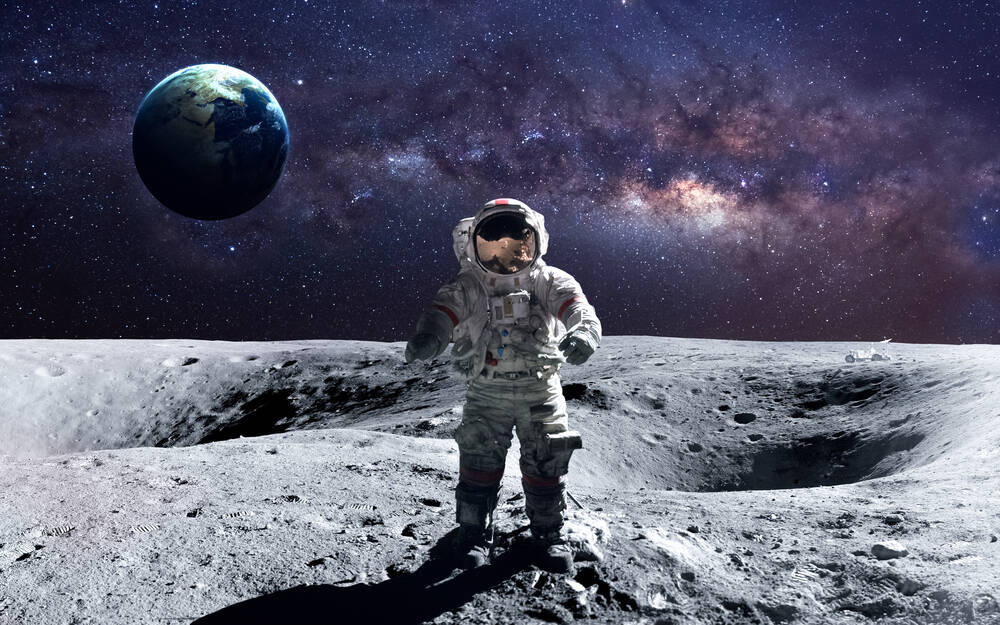Comment SpaceX is celebrating two consecutive Starship launches without unplanned explosions, yet the business faces a daunting path forward before the spacecraft can deliver astronauts to the lunar surface.
Former NASA administrator Jim Bridenstine didn’t mince words in September when he questioned the use of Starship to return boots to the Moon. “This is an architecture that no NASA administrator that I’m aware of would have selected had they had the choice.”
NASA panel fears a Starship lunar touchdown is more fantasy than flight plan
The contrast with Apollo is stark. The Saturn V accomplished Moon missions with a single launch, carrying everything needed for the journey. Today’s approach requires one Space Launch System rocket plus an undetermined number of Starship launches — some estimates suggest ten or more refueling flights, though the actual figure could be considerably higher.
NASA’s ambitions extend well beyond Apollo’s goals. The agency plans a technically challenging south pole landing to access suspected water ice deposits. Apollo, by contrast, aimed primarily to beat the Soviet Union to the Moon — a simpler objective that demanded less sophisticated hardware.
But nostalgia won’t solve today’s problems. The Saturn V and its supporting infrastructure are long retired, and even if resurrection were possible, the system couldn’t meet NASA’s current needs. Budget constraints — far tighter than during Apollo’s heyday — further limit options.
These realities explain SpaceX’s 2021 selection for the Human Landing System contract. The company’s proposal envisions launching an HLS variant of Starship uncrewed, refueling it in orbit through multiple tanker flights, then sending it to lunar orbit. Astronauts launched aboard SLS in an Orion capsule would rendezvous with the waiting Starship, transfer aboard, and descend to the surface.
After completing surface operations, they would return to Starship, launch back to Orion, and ride home to Earth.
If you think this sounds somewhat convoluted, you’d be correct. It’s small wonder that Bridenstine made the assessment he did.
SpaceX’s track record includes many impressive feats, including successfully landing its rockets and catching a returning Super Heavy Booster. However, critical capabilities remain undemonstrated to meet NASA’s requirements.
Despite the two successful suborbital lobs of a Starship prototype, SpaceX has yet to reach orbit, let alone transfer fuel. There is very little detail on how the HLS variant of the Starship will land on the lunar surface. And the rate at which the fuel will boil off in space is also unknown, a critical factor if delays occur in other parts of the mission.
One observer that asked to remain anonymous told The Register that SpaceX’s approach is to deal with each problem as it arises, explaining why there is still very little information on key technical challenges, such as landing a tall vehicle on potentially rough terrain.
SpaceX has yet to respond to requests for comment. NASA remains silent due to the ongoing US government shutdown.
The clock is ticking. SpaceX deserves credit for Starship’s continued development, however, work remains before astronauts can safely travel to the Moon and back aboard the vehicle. A less complex architecture — perhaps one building more directly on Apollo’s proven concepts — might have offered a clearer path forward.
Nevertheless, NASA has commited to the current approach and officials will hope SpaceX accelerates Starship testing in 2026. Failure to do so means that returning to the Moon before 2030 appears a distant challenge.
As for the original 2027 target? It now looks completely implausible. ®
First Appeared on
Source link












